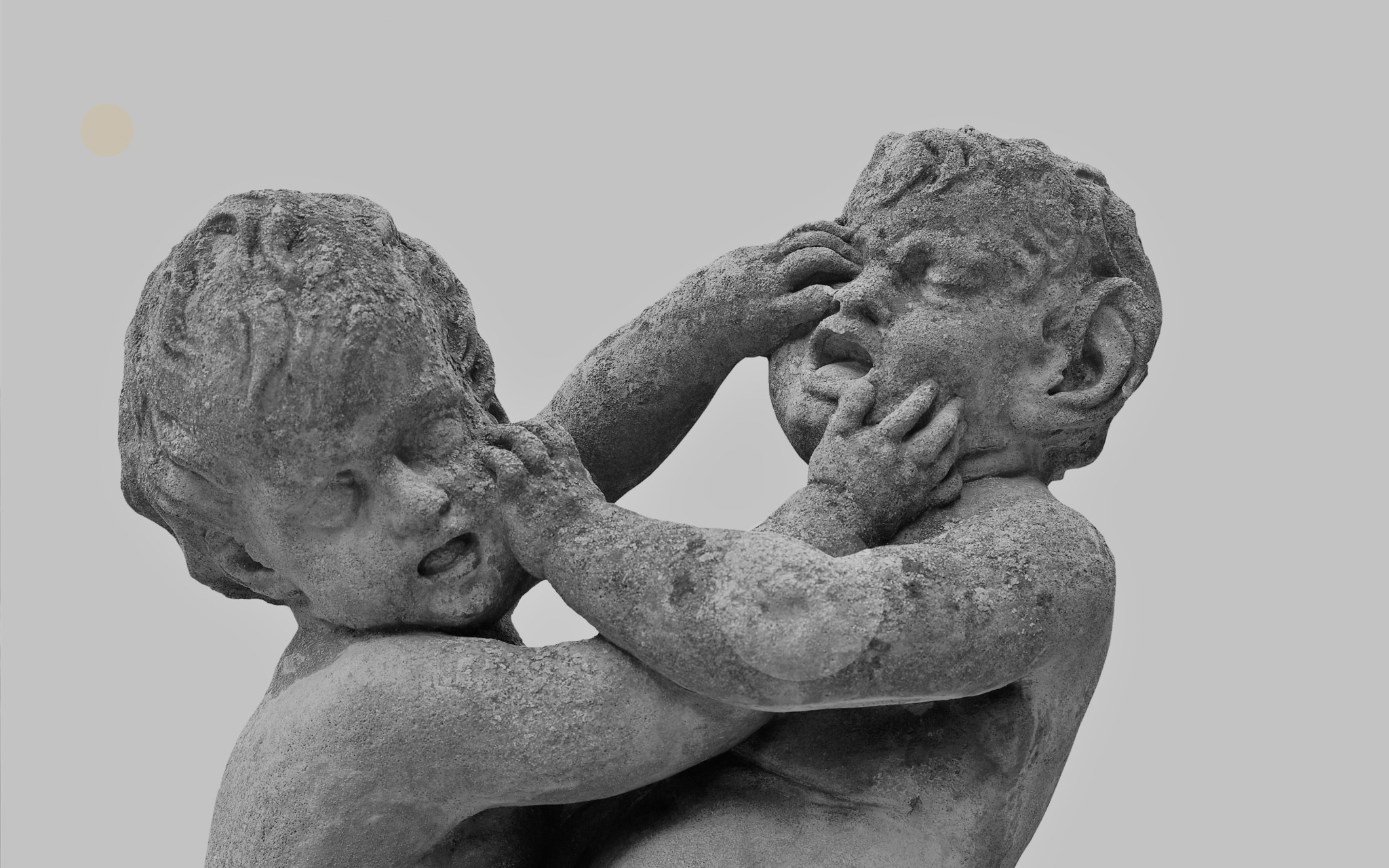
Uncommon Ad Space: Championing Free Speech Amidst Media Turbulence
02/07/2024
02/03/2022

Uncommon Sense have recently started to work with an events and experience days company, commissioned because their CPA (Cost per Acquisition) had been growing over a long period of time. Our first approach was to explore the analytics to expose any areas that might require more attention. When everything appeared to be fine, we challenged ourselves to use our knowledge of the evolutionary literature to find an insight that would be rooted in innate factors.
In the animal kingdom, sibling rivalry is not only common, but manifests extreme forms. For some birds especially, it means a short, bleak existence for the second born, who is faced with attacks from the older sibling, the chance of being thrown out of the nest and the monopolisation of food, all resulting in a slow and painful death. Thankfully, sibling rivalry isn’t a death sentence for humans, but it does evoke intense and challenging feelings. (Saad, 2011) As many of us can attest to.
According to historian of science Frank Sulloway (1996), one’s birth order triggers a sibling rivalry via a process that he coined the Darwinian Niche Partitioning. It’s here that a surreal observation of human social dynamics can be used to our advantage. Children seek to position themselves within an unoccupied offspring niche to appear unique in their parents’ eyes, just like products are positioned to cater to an unfilled marketing niche. While the firstborn has the choice of any available niches, in the absence of a sibling to fill it, subsequent children have one fewer niche positions to choose from than their immediately older siblings. Sulloway’s argument suggests that this creates an early challenge for younger siblings that causes lasting personality differences between children of different birth orders. The limited set of niches creates people who have had to think outside the box to find their place in the family dynamic, and tests on have shown a measurable degree of higher openness to new experiences and ideas in lastborns. (Sulloway, 2010)
This useful insight was the framework of a test and learn strategy employed by Uncommon Sense to effectively reduce CPA. We took two campaigns to market, one aimed at individuals with older siblings, and another aimed at those with younger siblings. Respectively, the first campaign contained messaging about events and experiences on offer, recognising the natural appeal of this to these naturally open minded individuals. Our second campaign presented the events and experiences as a gifts, aiming it at only those who have younger siblings.
Three months after our psychology-based campaign, we saw a substantial reduction in CPA (27%) and provided younger siblings with a great experience day to look forward to.
References:
Gad Saad, The Consuming Instinct: What Juicy Burgers, Ferraris, Pornography and Gift Giving Reveal About Human Nature (2011)
Frank J Sulloway- Born to Revel: Birth Order, Family Dynamics and Creative Lives (1996)
Frank J Sulloway, and Richard L. Zweigenhaft, Birth Order and Risk Taking in Athletics: A Meta-Analysis and Study of Major League Baseball (2010)